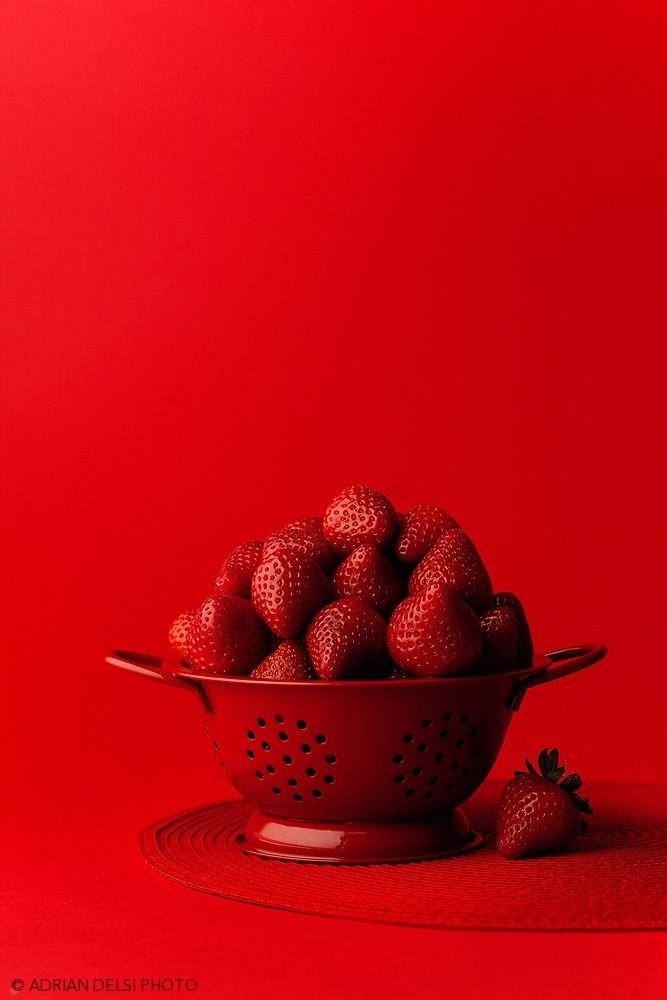Monochromatic (or mono) is a color scheme based on only one, single color tint. It uses only variations (shades) of a single hue, made by altering the saturation and brightness of the base color. Black and white colors are always added, as they in fact are the brightest, resp. the darkest shade of the color.
The result is smooth, elegant, comfortable for eyes, even for very aggressive base color. As there is only a single hue used, the is no clash of colors at all. However, it may be harder to find accents and highlights.
source
Analogous complementary
Analogous color schemes use colors that are next to each other on the color wheel. They usually match well and create serene and comfortable designs.
Analogous color schemes are often found in nature and are harmonious and pleasing to the eye.
Make sure you have enough contrast when choosing an analogous color scheme.
Choose one color to dominate, a second to support. The third color is used (along with black, white or gray) as an accent.
Analogous harmonies are based on three or more colors that sit side-by-side on the color wheel.








